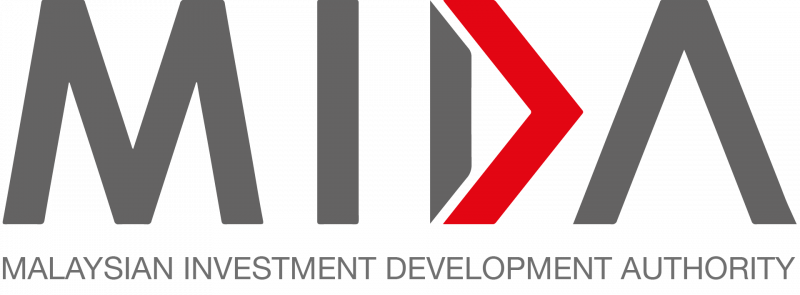Sarawak plans to replace the use of coal at the Sejingkat and Balingian power plants with biomass, in line with the state’s efforts to develop clean and sustainable energy, says Datuk Patinggi Tan Sri Abang Johari Openg.
Speaking to reporters after gracing the national-level World Water Day celebration at Kuching Waterfront yesterday, the Sarawak Premier said doing so would not only reduce carbon emission but also provide economic benefits.
He cited the Drax facility in the United Kingdom, which he visited recently during an official trip to the UK, as an example of a power plant successfully transitioning from coal to biomass as a source of energy.
“At Drax, they previously used coal but have now replaced it with biomass. The investment (to change) is not high because the system is very similar.
“This is what we want to use for Sejinkat and Balingian. We want to decommission coal. I have calculated that we can use our biomass to generate power,” he said.
Abang Johari explained that switching from coal to wood waste could generate power exceeding 500 megawatts.
“Now we only need to strengthen the boiler and also from the point of view of the motor machine, and this will enable Sejingkat (plant) to generate even up to one gigawatt,” he said.
Touching on his visit to the Drax power station, the Premier said the insight he gained has provided him a valuable framework in further developing the state’s renewable energy sector, adding he will discuss this with state utility company Sarawak Energy Berhad.
He also expressed happiness that the European community has recognised Sarawak’s role in addressing climate change.
“We will share the technology we have in renewable energy production including biomass,” he said.
Separately, Abang Johari said the implementation of cascading dams in the hinterland will be carried out elsewhere if the local population objected to it.
“If they disagree, the government will move (the project) to another area. If they feel suspicious, we will go to another place where the people want (the project to be implemented).
“Now we are implementing the project near Sungai Kanowit and Song. In Kapit, they want this cascading source, and we have a new technology that I mentioned as a tank elevator.
“This depends on the theory of gravity, which means that the flow of water can generate energy,” he said.
Also present at the event were Deputy Prime Minister Datuk Seri Fadillah Yusof, Deputy Premier Datuk Amar Dr Sim Kui Hian, State Secretary Datuk Amar Mohamad Abu Bakar Marzuki, Minister of Utility and Telecommunication Datuk Sri Julaihi Narawi and his deputy minister Datuk Liwan Lagang, and Fadillah’s deputy minister Akmal Nasrullah Mohd Nasir.
Source: The Borneo Post
Premier: Sarawak to replace coal with biomass at Sejingkat, Balingian power plants
Content Type:
Duration:



